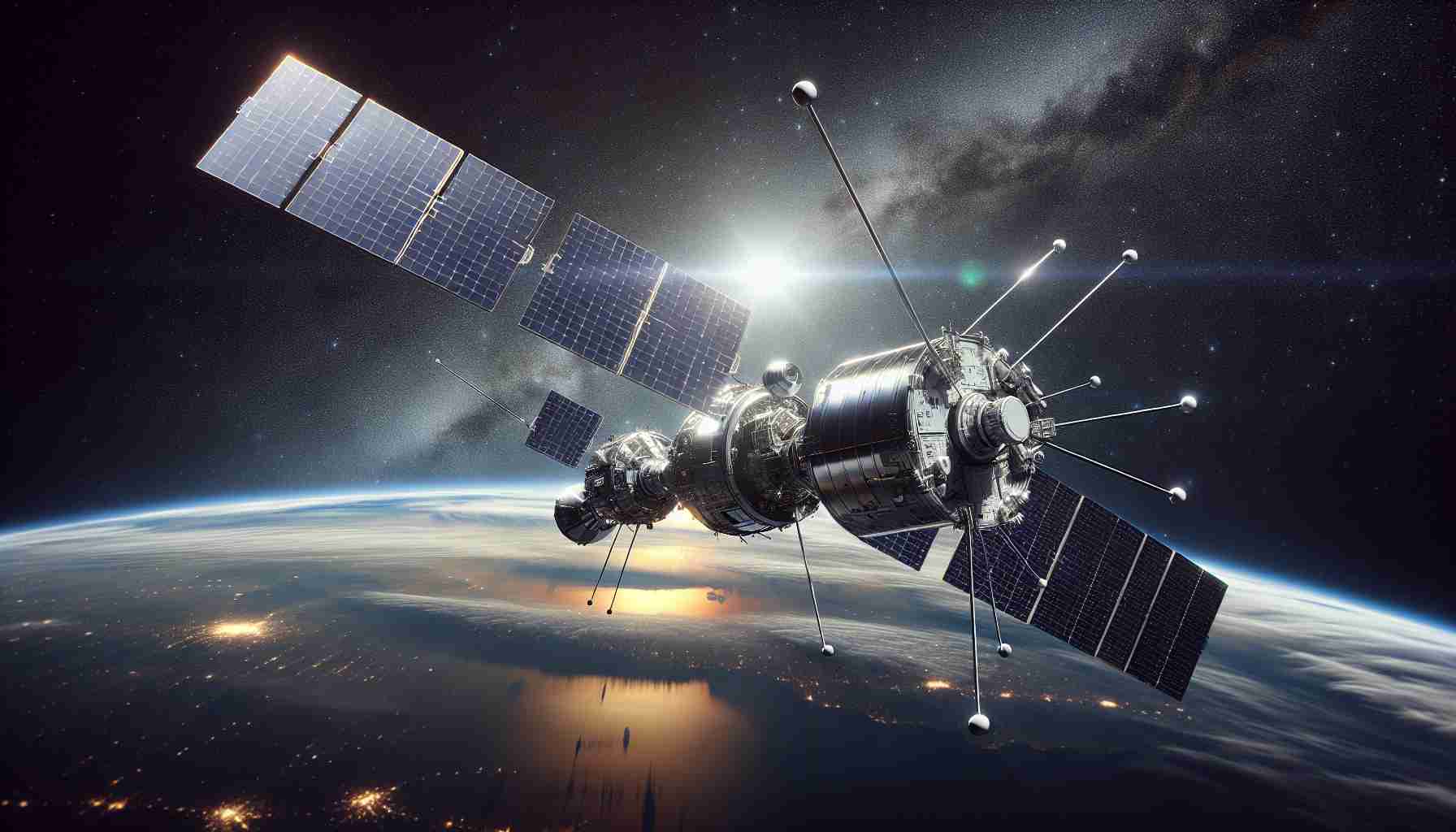
Eutelsat Group has successfully introduced 20 new satellites to its OneWeb constellation in low Earth orbit. The launch took place aboard a SpaceX Falcon 9 rocket, which took off from Vandenberg Space Force Base in California at 10:13 p.m. local time on October 19, 2024.
The deployment process unfolded smoothly within a 20-minute timeframe, during which the satellites were released in ten distinct batches. All satellites established signal connections following their separation. These new satellites are the product of meticulous engineering by Airbus US Space & Defense, based in Merritt Island, Florida.
The CEO of Eutelsat Group expressed pride in the new satellites, highlighting their potential to enhance the existing network services and deliver improved performance for customers. This advancement marks a significant milestone, coinciding with the anniversary of the merger between Eutelsat and OneWeb in 2023.
As a result of this merger, the organization has become the unique operator combining geostationary and low Earth orbit capabilities. Presently, Eutelsat operates a substantial fleet that includes 35 geostationary satellites alongside over 634 satellites in low Earth orbit, positioning itself as a leader in satellite communications.
Eutelsat Expands Satellite Network with New Launch
In an ambitious move to bolster its global presence in satellite communications, Eutelsat Group has successfully launched 20 additional satellites as part of its OneWeb constellation. This launch, which occurred aboard a SpaceX Falcon 9 rocket on October 19, 2024, from Vandenberg Space Force Base in California, marks a pivotal step towards expanding digital connectivity across underserved regions of the world.
The Background and Importance of the New Satellites
These 20 new satellites, engineered by Airbus US Space & Defense, are designed to operate in low Earth orbit (LEO) and will significantly enhance the capabilities of Eutelsat’s existing network. This expansion aligns with the increasing demand for high-speed internet connectivity, particularly in remote areas where terrestrial infrastructure is lacking. The incorporation of LEO satellites aims to reduce latency and improve overall service quality, directly addressing consumer and business needs in an increasingly digital world.
Key Questions and Answers
1. What are the primary benefits of integrating LEO satellites into Eutelsat’s network?
– The integration of LEO satellites is expected to provide lower latency, higher bandwidth, and improved coverage, especially in rural and remote areas. This can facilitate better internet services for education, healthcare, and other critical sectors.
2. How does this launch align with global satellite trends?
– The launch fits into a broader trend where companies are investing in satellite constellations to provide global internet services. Eutelsat’s strategy capitalizes on the growth of the satellite sector, especially as more countries and businesses look for reliable connectivity.
3. What are the implications for Eutelsat’s competition?
– This expansion positions Eutelsat competitively against other satellite operators, notably SpaceX’s Starlink and Amazon’s Project Kuiper, which are also working on extensive satellite networks. Eutelsat’s unique blend of geostationary and LEO capabilities provides it with a strategic advantage in offering versatile services.
Challenges and Controversies
Despite the promising advantages, Eutelsat faces several challenges:
– Regulatory Hurdles: Navigating international regulations concerning satellite launches and spectrum allocation can be complex and time-consuming.
– Environmental Concerns: The increase in satellite constellations raises concerns about space debris and its impact on space operations and the environment.
– Market Saturation: As more players enter the satellite internet market, competition could drive down prices, affecting profit margins for established operators.
Advantages and Disadvantages
Advantages:
– Enhanced Connectivity: Improved internet access for remote communities.
– Economic Growth: Potential for economic development in underserved regions driven by better connectivity.
– Technological Innovation: Encouragement of advancements in satellite technology and services.
Disadvantages:
– Potential for Space Debris: Increased risks associated with the proliferation of satellites could lead to space junk problems.
– High Initial Investment: Significant capital is required for development, deployment, and maintenance of satellite systems.
– Service Reliability: While LEO satellites promise reduced latency, they can also be affected by atmospheric conditions—raising concerns about reliability in adverse weather.
In conclusion, Eutelsat’s recent satellite launch represents not only a technological leap but also a response to global demands for better connectivity. As the company continues to grow its capabilities, it remains crucial to balance the benefits of these advancements with the challenges they bring.
For more on satellite communications and Eutelsat’s initiatives, visit their official website at Eutelsat.



